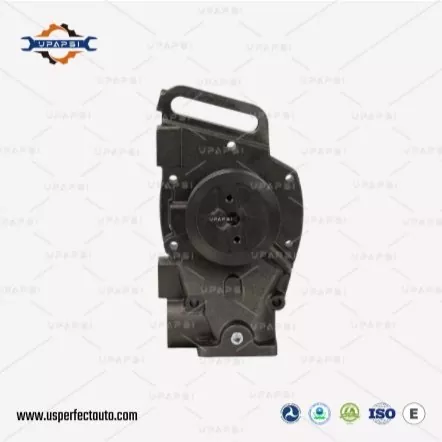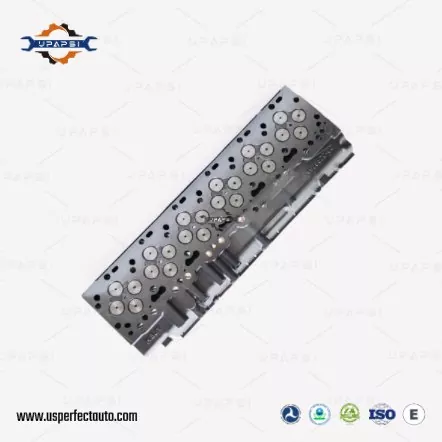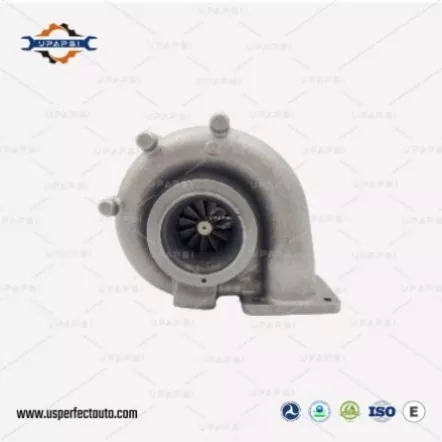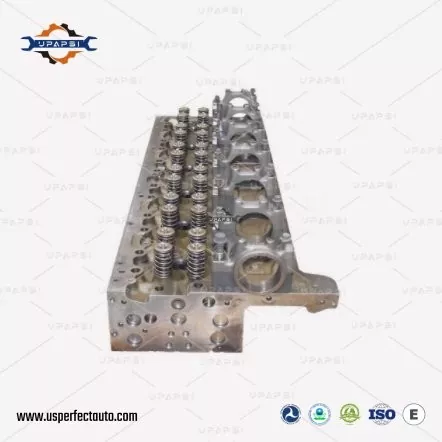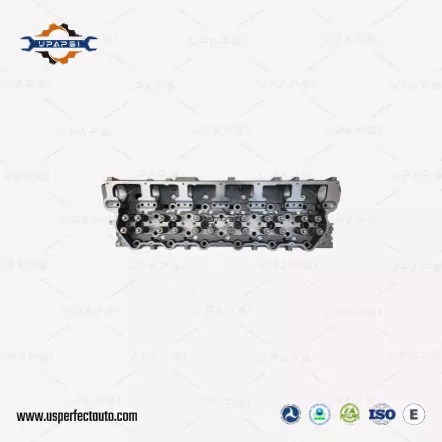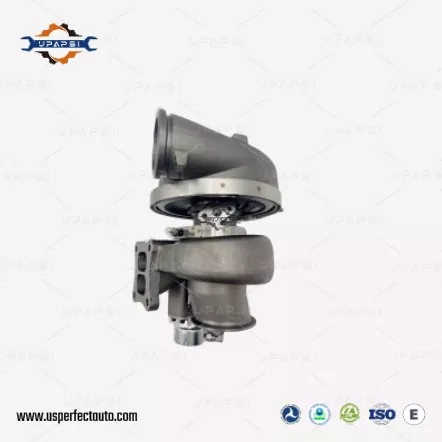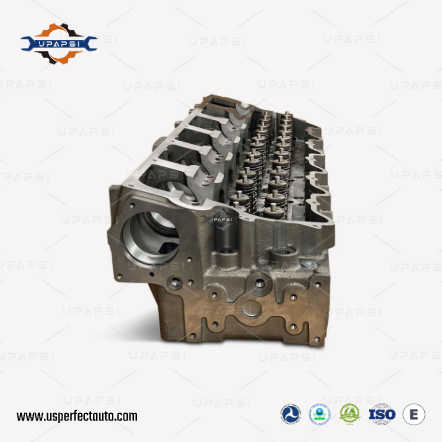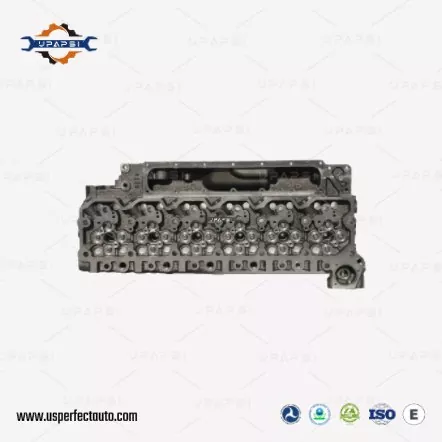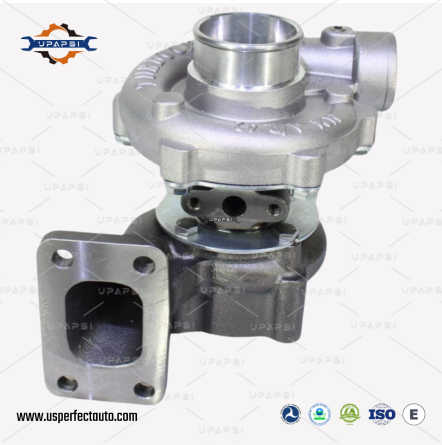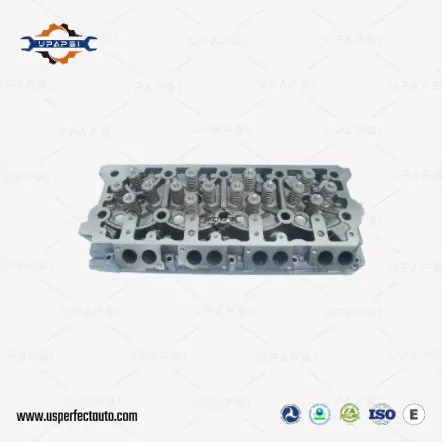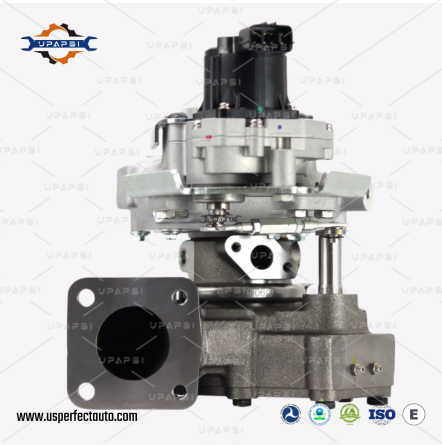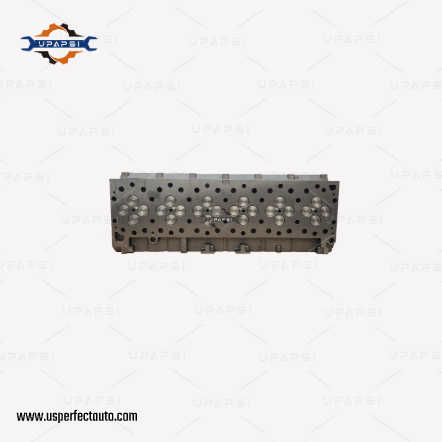Volvo Turbo and D13 Turbo: Boosting Performance and Efficiency in Today’s Heavy-Duty Engines
Volvo Trucks boasts a long-standing legacy of leading commercial vehicle innovation, consistently staying ahead in terms of performance, reliability, and sustainability. At the core of this leadership lies the Volvo Turbo system—most notably the D13 Turbo system—which powers some of the most advanced heavy-duty trucks on today’s roads.
The Science of Turbocharging: How It Works
Turbochargers operate by harnessing exhaust gases to drive a turbine, which is connected to a compressor. The compressor then draws in and compresses air, delivering it directly into the engine’s cylinders. This denser air enhances the combustion process, ultimately generating more power from an engine of the same displacement.
For modern engines like the Volvo D13, turbocharging technology enables several key advantages:
• Increased horsepower without adding to engine weight
• Improved throttle response and acceleration
• Lower fuel consumption, thanks to optimized combustion
• Reduced CO₂ and NOₓ emissions
Volvo turbochargers are thus a vital component of sustainable transportation solutions.
Volvo Turbo Technology Overview: Engineered for Durability and Efficiency
The Volvo Turbo system is designed using precision engineering and robust materials, allowing it to withstand high temperatures and extreme pressures. Its key characteristics include:
• Advanced Compressor Wheel Design: Maximizes airflow efficiency, ensuring optimal air delivery to the engine.
• High-Temperature Resistant Materials: Used in construction to guarantee long-term durability even under continuous operation.
• Integral Exhaust Aftertreatment System: Works in harmony with EGR (Exhaust Gas Recirculation) and SCR (Selective Catalytic Reduction) systems to effectively reduce emissions levels.
Every Volvo Turbo undergoes rigorous testing to meet global quality and performance standards, ensuring reliable operation in any operating condition.
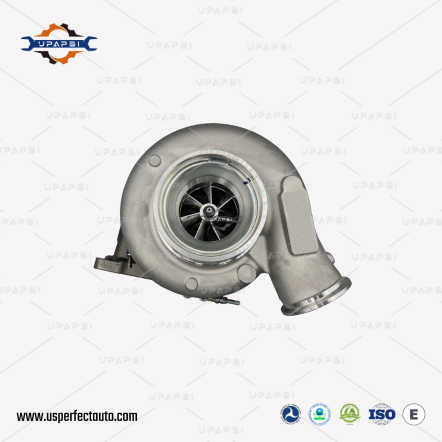
Volvo D13 Turbo: Flagship Engine Engineering
As a showcase of Volvo’s engine engineering expertise, the D13 Turbo represents the pinnacle of heavy-duty engine design. It powers many of Volvo’s renowned truck models, including the FH, FM, and VNL series—all known for their efficiency and dependability.Key Features• Variable Geometry Turbocharger (VGT): Dynamically adjusts the position of its vanes to optimize airflow across all engine speeds, ensuring consistent performance in diverse driving scenarios.
• Optimized Combustion: Works seamlessly with the Volvo D13’s intelligent fuel injection system, generating maximum power while minimizing waste.
• Integrated Turbo Compounding (TC): Captures excess exhaust energy and converts it into mechanical power, further improving fuel efficiency.
• Robust Durability: Built to handle the extreme workloads commonly encountered in long-haul transportation, ensuring long service life.
Performance Impact
The Volvo D13 engine, paired with its turbo system, achieves an exceptional balance between power, fuel efficiency, and environmental compliance. Compared to conventional engines, the D13 Turbo delivers higher torque at lower RPMs—reducing driver fatigue during long journeys and cutting fuel costs over extended distances.
Maintenance and Common Considerations
Proper care of a Volvo Turbo or D13 Turbo is essential to ensure optimal performance and longevity. Below are recommended maintenance practices and key considerations:
Recommended Maintenance Practices
• Regular Oil Changes: Clean, high-grade oil is critical for protecting the turbo’s high-speed bearings, ensuring smooth operation and preventing premature wear.
• Air Filter Replacement: Routine replacement of air filters prevents contaminants from entering the turbo and damaging turbine blades, which could compromise performance.
• Boost Pressure Monitoring: Regularly monitoring boost pressure helps detect early signs of issues such as leakage or inefficiency, allowing for timely repairs.
• Inspection After High Mileage: After accumulating significant mileage, inspect the turbo for shaft play, cracks, or exhaust leakage—all potential indicators of wear.
Common Signs of Wear or Failure
• Unusual whistling or whining noises
• Loss of boost pressure or engine power
• Visible smoke or oil residue in the intake system
With routine maintenance, the lifespan of a Volvo Turbo can extend beyond 500,000 miles, minimizing downtime and reducing repair costs.
Applications and Benefits
The Volvo D13 Turbo engine platform offers versatile applications and real-world benefits across multiple industries:
• Long-Haul Freight Trucks: Delivers consistent torque and excellent fuel economy, making it ideal for cross-country transportation where efficiency and reliability are paramount.
• Construction Equipment: Provides reliable performance under heavy load conditions, supporting the demanding needs of construction sites.
• Regional and Urban Delivery Fleets: Helps lower total cost of ownership by reducing fuel consumption and increasing operational uptime—key priorities for frequent, short-haul deliveries.
Globally, the Volvo Turbo is recognized as a key enabler of cost-effective and sustainable heavy-duty operations.
Future Innovations in Volvo Turbo Systems
Volvo continues to invest heavily in research and development to enhance turbo performance and environmental compliance. Key areas of innovation include:
• Next-Generation Variable Geometry Turbos: Equipped with electronic actuators for more precise control and faster response.
• Hybrid Turbo-Electric Systems: Designed to assist with low-RPM acceleration, improving both performance and efficiency.
• Lightweight Materials and 3D-Printed Components: Used to reduce weight while maintaining strength, further boosting overall efficiency.
• AI-Based Predictive Maintenance: Integrated with Volvo Connect (Volvo’s fleet management platform) to enable proactive monitoring and maintenance, reducing unexpected breakdowns.
These innovations align with Volvo’s mission: delivering maximum performance while minimizing environmental impact.
Conclusion
The Volvo Turbo—particularly the D13 Turbo—embodies Volvo’s commitment to engineering excellence. By combining advanced materials, intelligent control systems, and sustainable design, it stands as an extremely reliable turbo system for heavy-duty engines, driving progress in both performance and environmental responsibility.
- HE400VG Turbocharger — Advanced VGT Performance for Modern Diesel Engines
- S410SX Turbocharger for Heavy-Duty Trucks: OEM vs Aftermarket Engineering Analysis
- CAT Turbo 177148: Engineering Performance & Applications
- CAT C15 Turbocharger: Power, Precision, and Proven Performance
- Why Are Reliable Water Pumps Crucial for Kubota and Cummins Engines?
- New Holland Turbo – Driving Innovation and Power in Modern Agriculture


